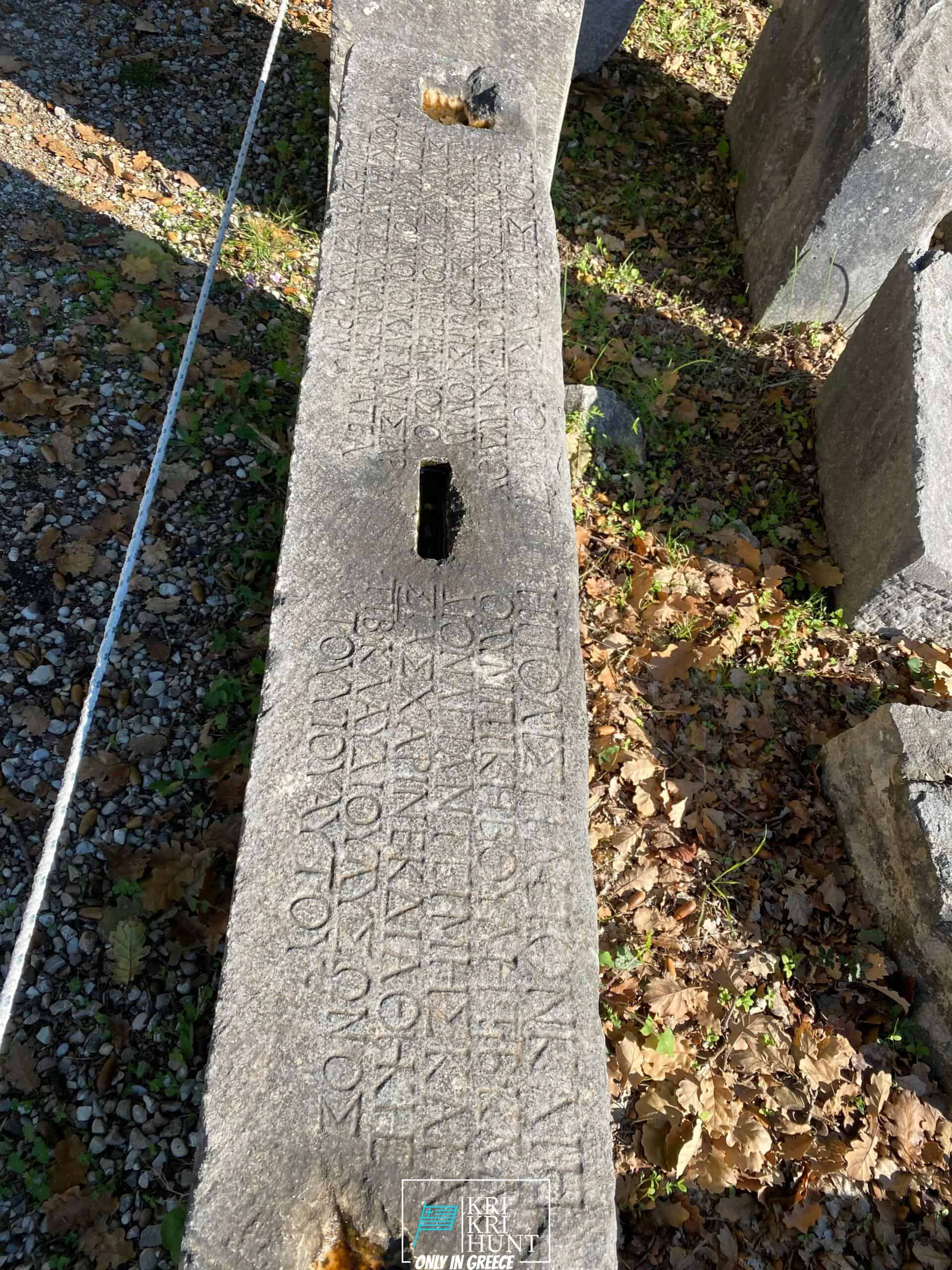
The Kri Kri ibex quest in Greece is an amazing hunting vacation and an amazing hunting exploration all rolled right into one. Searching for Kri Kri ibex is a miserable experience for most of seekers, however except me! It's an amazing hunt for a lovely Kri Kri ibex on an exotic island as we visit ancient Greece, dive to shipwrecks, as well as quest throughout five days. What else would certainly you such as?

Greece is a wonderful nation for tourism, offering several possibilities for visitors. There are several attractive islands to see, such as Sapientza, in addition to cultural experiences as well as historical websites to delight in. Greece is additionally popular for its tasty food and red wine. Whatever your passions may be, Greece has something to offer you.
What to Expect on a Peloponnese Tour? When you reserve among our hunting and also touring Peloponnese Tours from Methoni, you can expect to be blown away by the natural appeal of the area. From the immaculate coastlines to the mountains and also forests, there is something for everyone to appreciate in the Peloponnese. Additionally, you will have the possibility to taste several of the very best food that Greece needs to offer. Greek food is renowned for being delicious as well as fresh, and you will certainly not be disappointed. One of the best components concerning our excursions is that they are created to be both fun and also educational. You will certainly learn about Greek history and society while additionally reaching experience it firsthand. This is an incredible opportunity to submerse yourself in everything that Greece needs to offer.
There is absolutely something for every person in the Peloponnese peninsula. Whether you want background as well as culture or nature and exterior activities, this is an optimal location for your following trip. If you are short on schedule, our hunting and also visiting Peloponnese Tours from Methoni is a great way to see whatever this awesome area has to offer.And last but not least, your Kri Kri ibex trophy is waiting on you.
What is the diference between Kri Kri ibex, Bezoar ibex and hybrid ibex
The kri-kri is not thought to be indigenous to Crete, most likely having been imported to the island during the time of the Minoan civilization. Nevertheless, it is found nowhere else and is therefore endemic to Crete. It was common throughout the Aegean but the peaks of the 8,000 ft (2,400 m) White Mountains of Western Crete are their last strongholds–particularly a series of almost vertical 3,000 ft (900 m) cliffs called ‘the Untrodden’—at the head of the Samaria Gorge. This mountain range, which hosts another 14 endemic animal species, is protected as a UNESCO Biosphere Reserve. In total, their range extends to the White Mountains, the Samaria National Forest and the islets of Dia, Thodorou, and Agii Pandes.
This Ibex is NOT a diminutive form of the Bezoar Ibex, which has migrated into the western-most reach of the range of this species. The kri – kri (Capra aegagrus cretica), sometimes called the Cretan goat, Agrimi, or Cretan Ibex, is a feral goat inhabiting the Eastern Mediterranean, previously considered a subspecies of wild goat. The kri-kri has a light brownish coat with a darker band around its neck. It has two horns that sweep back from the head. In the wild they are shy and avoid tourists, resting during the day. The animal can leap some distance or climb seemingly sheer cliffs.
“The agrimi goat Capra aegagrus cretica is unique to Crete and its offshore islands. It has been identi®ed as a sub-species of the wild bezoar goat Capra aegagrus aegagrus Erxleben, 1777, which it closely resembles in horn shape, body form and coloration. This classi®cation has been disputed by some researchers who claim that the agrimi are feral goats, derived from early domestic stock brought to the island by the ®rst Neolithic settlers. In order to clarify this issue, DNA analyses (cytochrome b and D loop sequences) were carried out on tissue of live and skeletonized agrimi and compared to sequences of wild and domestic caprines. Results conclusively show the agrimi to be a feral animal, that clades with domestic goats (Capra hircus) rather than with wild Asiatic bezoar. This study demonstrates that morphometric criteria do not necessarily re¯ect genetic af®nities, and that the taxonomic classi®cation of agrimi should be revised.”